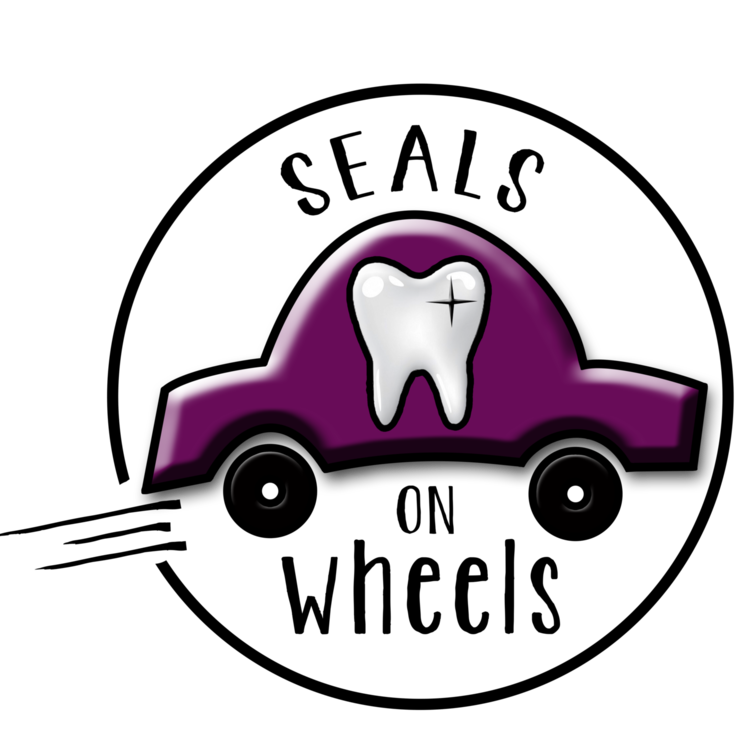What are Sealants?
It is recommended that children in grades 2 through 6 have sealants applied due to the eruption pattern of the first and second molars. When the permanent molars erupt, they have deep grooves that easily catch bacteria and sugar, and it is difficult even with regular brushing to reach the bottom of these tiny deep molar grooves. The sealants we offer act as a coating to help prevent cavities by filling in the grooves to create a smoother surface, making it easier to keep clean. The sealants do not completely prevent decay, so we recommend parents or guardians help their children brush and floss until they are at least 9 years to ensure proper technique.
Sealant applied to molar on left, whereas molar on right has deep grooves that can catch bacteria and sugar, which can lead to cavities.
How are Sealants Applied?
Applying the sealant is a painless, simple and safe process in which a hard plastic-like coating is “painted” into the deep grooves of the back teeth, and once hardened, “blocks out” the germs that cause cavities. The first step is to thoroughly clean the teeth, then each tooth is dried and a cotton ball is used to keep the tooth dry. The surface of the molars to be sealed are then roughened up with an etch gel solution, which helps the sealant bond with the tooth, then the teeth are rinsed and dried once again. The sealant is then painted into the grooves of the molar where it bonds to the tooth and hardens. A special LED curing light is used for a few seconds to harden the sealants.
Teeth may feel slightly “bulkier” at first after sealants are applied, but a few days of normal chewing will make the necessary adjustments.
How Long Do Sealants Last?
Sealants can provide protection from decay for up to 5-10 years, but during each subsequent dental visit, we will check prior sealants to see if any need to be replaced.
Dental sealant instruments from top to bottom (LED curing light, etch gel, sealant material)
Are Those Needles?
Children often see these “needles” and think they are shots, but they are not shots, they are used to carefully squeeze out the etch gel solution and the sealant material onto the tooth’s surface, similar to an eye dropper.
Etch gel being applied to a molar to rough up the surface prior to applying sealant material. This allows the sealant to bond better to the tooth's surface.
An LED curing light is used to harden sealants. The red shield is used to protect the hygienist's eyes from the light emitted.
